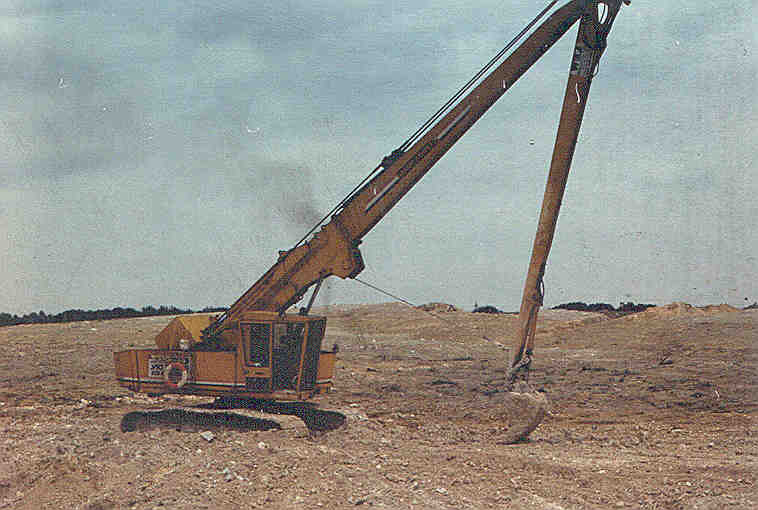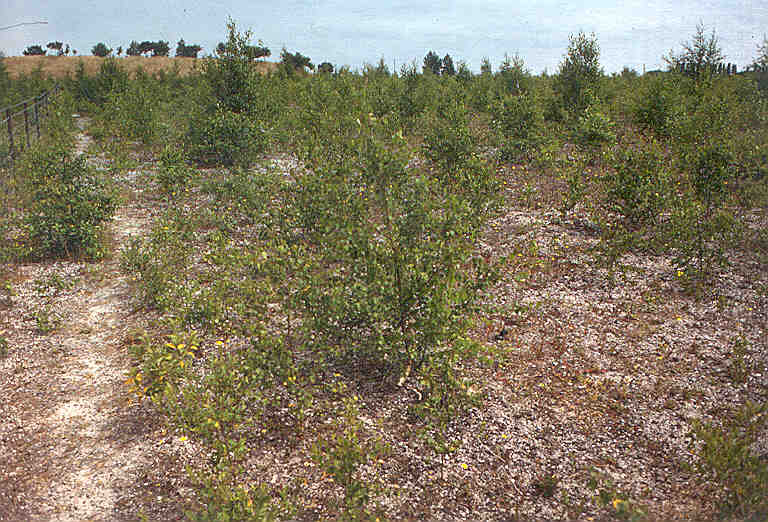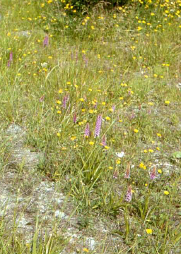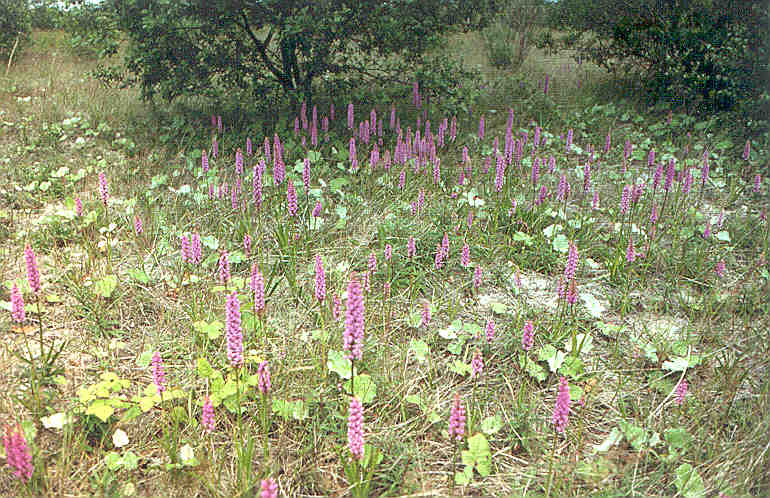LIMEBEDS
LOCAL BIODIVERSITY ACTION PLAN
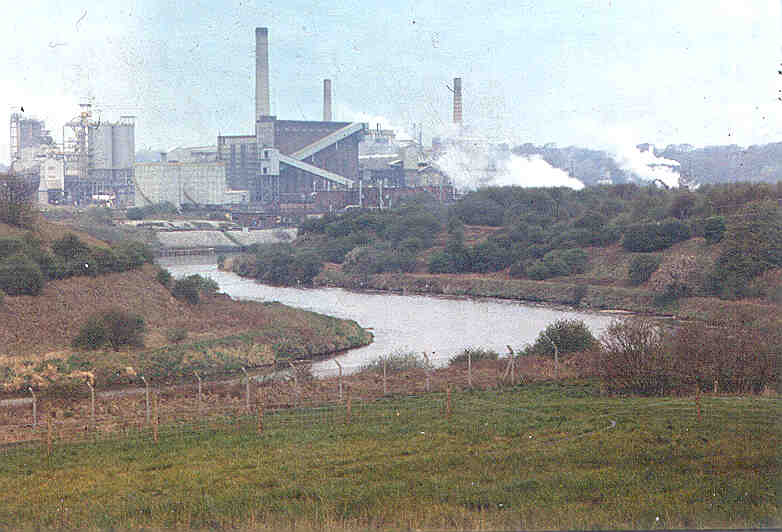 Links to associated SAPs
Links to associated SAPs
Dingy Skipper
Current Status
The salt industry in mid-Cheshire has a long history and has left 3 major environmental legacies: subsidence flashes caused by brine extraction, inland saltmarshes, and most recently, limebeds. As well as being used in the manufacture of salt, brine is utilised in the salt field as the basis for the heavy chemical industry. A wide range of chemicals are manufactured including soda ash, caustic soda, sodium carbonate, hydrofluoric acid and chlorine. By-products of these processes are the various kinds of calcareous wastes (calcium carbonate and calcium sulphate) which, until recently, were pumped as a sludge into lagoons to settle. The artificial boundary walls of the lagoons are also calcareous, comprising a mixture of lime waste and cinders. The calcareous wastes occupy somewhere in excess of 300ha of land in the county of Cheshire, across 16 sites. The beds are a characteristic feature around Northwich, with a number of smaller beds occurring close to Clifton near Frodsham, Middlewich, and Winsford.
There are several factors that make these features of considerable ecological interest and high value for nature conservation. First the Cheshire region is virtually devoid of natural calcareous substrata, and limebeds represent the only extensive calcareous habitats. Second, although they are mostly 20th century in origin, and are approximately 50km from the nearest natural calcareous habitats, they have become colonised by a wide range of species, a number of which have no local seed source and have a restricted distribution in the region. Third, as the limebeds began as a chemical waste with no organic material, they represent an unusual opportunity to observe primary succession.
During their open (often waterlogged) stages, limebeds develop considerable faunal interest, for example, for breeding birds (little ringed plover), migrant birds and for dragonflies. Early open stages are important for butterflies: Ashtons and, to a less extent, Neumann's Flash, is one of only four known breeding sites in Cheshire for the Dingy Skipper. The pulverised fuel ash lagoons at Fiddles Ferry Power Station have produced similar artificial calcareous habitats of botanical and ornithological interest. With the imposition of stricter waste disposal legislation and alternative methods of disposal of this waste material, together with natural succession, this habitat type is likely to decline in quality and extent in the next few decades. They make up a finite resource, 2 SSSIs, 4 Grade A SBIs.
Threats
- Classification as derelict land and inappropriate reclamation for alternative 'beneficial uses'.
- Lack of appropriate management leading to colonisation by secondary woodland (uncontrolled natural succession).
- Inappropriate informal recreation, such as motorcycling.
- Disposal of other waste products, such as deposit dredgings and domestic refuse.
- Alternative methods of disposing of lime waste underground means that no new limebeds will be created in the future: the resource is therefore finite.
- Inappropriate tree planting.
How are we helping to conserve Limebeds in the Cheshire region?
- Plumley Limebeds is managed as a nature reserve by the Cheshire Wildlife Trust and forms part of the current phase of the County Council Strategic Reclamation Programme.
- Witton Limebeds is managed for nature conservation under planning conditions. The site is partly reinstated limewaste over capped domestic waste.
- Marbury Limebed is currently part of a derelict land reclamation scheme, with the site being restored to Mersey Forest use.
- Ashtons and Neumann's Flashes are being surveyed by the Witton Area Conservation Group.
- Ashton's and Neumann's Flashes are part of the current phase of the County Council's Strategic Reclamation Programme. Nature Conservation is considered to be the main management objective in the long term.
- Identifying all remaining limebeds supporting semi-natural vegetation and assessing their condition.
Objectives, Targets and Actions
OBJECTIVES |
LOCAL TARGETS |
To identify all remaining limebeds supporting calcareous vegetation, and apply all necessary measures for their maintenance and restoration so that all sites achieve a favourable conservation status |
Targets awaited |
ACTIONS REQUIRED |
- Collate and exchange knowledge and experience of the management of limebeds for nature conservation in the Cheshire region and elsewhere in the North West of England (e.g. Knob End).
- Raise awareness of the intrinsic value of limebeds for nature conservation, particularly amongst planners, environmental engineers, landowners and grant aiding bodies.
- Ensure that derelict land reclamation schemes fully integrate nature conservation with other objectives.
- Encourage the production of short, medium and long-term management plans for all limebeds of high known value for nature conservation.
|
Progress so far
| 1997 - 2006 Action Completed |
- Local Biodiversity Action Plan Action Group formed
- At Anderton Limebed open calcareous grassland has been reinstated by the Cheshire County Council through a programme of tree clearance and mowing.
- Ongoing management of Anderton Limebed as part of the Dingy Skipper LBAP.
- Scrub clearance at Witton Limebed as part of the Dingy Skipper LBAP.
- An ecological survey of numerous limebeds in the Northwich area was commissioned by Cheshire County Council during the spring/summer 1999 as part of the Strategic Reclamation Programme.
- Ecological survey of limebeds at Anderton commissioned by Cheshire County Council's Countryside Management Service carried out in 2000.
- Derelict Land reclamation work is complete on two sites in the Northwich area (N3 and N13), both of which are now managed with nature conservation objectives.
- In 2003 work commenced on the reclamation of Neumann's and Ashton's Flashes. This work forms part of the County Council Strategic Reclamation Project. The retention of and enhancement of the existing limebeds and their importance botanically and ornithologically is a driving force behind the engineering works.
|
How to find out more about Limebeds
Northwich Community Woodlands - www.northwichcommunitywoodlands.org.uk
Contact details
References & Glossary
Cheshire County Council (1974): Ecological Appraisal, Cheshire County Planning Department.
Crooks, S.E. (1974): The Cheshire Limebeds: Their Origin and Ecological Significance. Diploma submission, University of Liverpool.
English Nature: Various SSSI citations.
English Nature (1998): Natural Area Profile Meres and Mosses No. 27.
Greater Manchester Countryside Unit (1991): Ecological Assessment, Sites at Northwich and Winsford, Cheshire, Cheshire County Council
Lee, J.A. and Greenwood, B. (1976): The colonisation by plants of calcareous industrial waste from the salt and alkali industry in Cheshire, England. Biological Conservation 10: 131-149.
Newton, A (1971): Flora of Cheshire. Cheshire County Council.
Witton Area Conservation Group: Various Annual Reports.


 Links to associated SAPs
Links to associated SAPs 